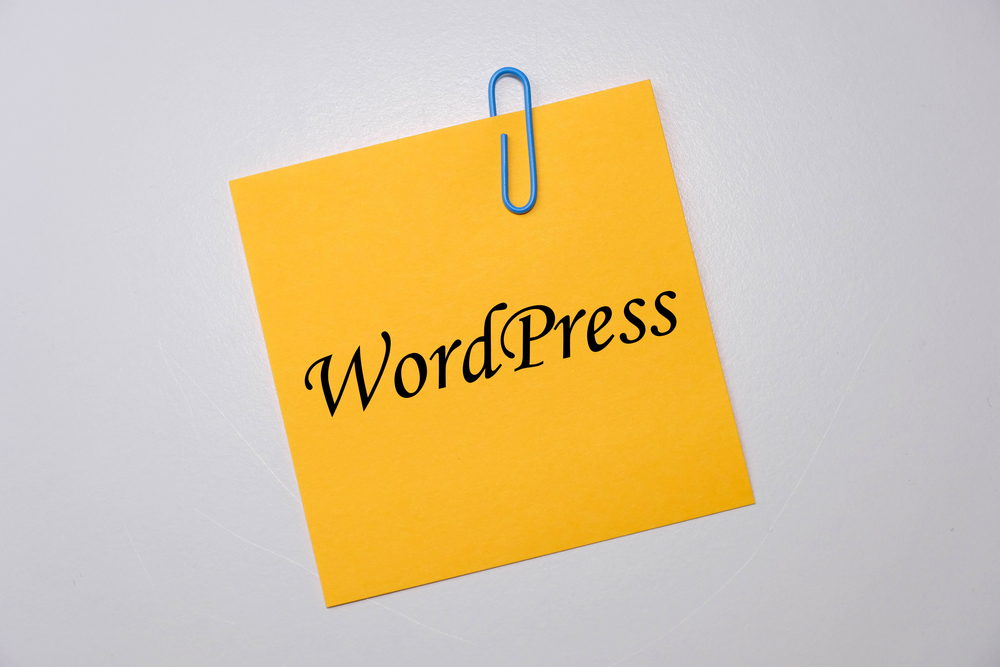
WordPress is a versatile and user-friendly content management system (CMS) that powers over 30% of the websites on the internet. Whether you're a beginner or an experienced user, there are always new tricks and techniques to learn when it comes to customizing and maintaining your WordPress site. In this article, we will explore some essential tips that will help you master WordPress (or WP) and make the most out of its capabilities.
1. Choose the Right Theme
The theme you choose for your WordPress (the blogging platform) site sets the overall look and feel of your website. There are thousands of free and premium themes available, so it's important to choose one that suits your needs and goals. Look for a theme that is responsive, well-coded, and regularly updated.
Avoid choosing a theme solely based on its appearance. Consider factors like functionality, ease of customization, and compatibility with popular plugins. You can also check user reviews and ratings to get an idea of the theme's performance.
2. Customize Your Theme
Once you've installed and activated your chosen theme, it's time to customize it to match your brand and preferences. WordPress (the platform for bloggers) offers a powerful built-in Customizer tool that allows you to make changes to your theme's appearance in real-time.
You can customize various aspects of your theme, including colors, fonts, layouts, and more. Some themes also come with additional customization options and settings, such as header and footer layouts, sidebar configurations, and page templates.
3. Install Essential Plugins
Plugins are one of the main reasons why WordPress is so popular. They allow you to extend the functionality of your site without the need for coding. When it comes to choosing plugins, quality over quantity is key. Installing too many plugins can slow down your site and even lead to conflicts.
Some essential plugins to consider for your WordPress (WP) site include:
- Yoast SEO: Helps optimize your site for search engines. WooCommerce: Adds eCommerce functionality to your site. Jetpack: Offers a suite of powerful features such as site analytics, security, and performance optimization. UpdraftPlus: Provides easy backup and restoration options for your site. Contact Form 7: Allows you to create and manage contact forms.
4. Optimize Your Site
Optimizing your WordPress site is crucial for better performance, user experience, and search engine rankings. Here are some optimization tips:
a) Image Optimization:
Large image file sizes can slow down your site. Use image compression plugins or online tools to reduce the size of your images without compromising quality. Additionally, use appropriate image dimensions.
b) Caching:
Cache plugins help improve your site's speed by storing static versions of pages in temporary storage. This reduces the load on your server and faster load times for visitors.
c) Minify CSS and JavaScript:
Minifying CSS and JavaScript files by removing unnecessary characters and whitespace can help reduce file sizes and improve page load speed.
5. Regular Updates and Backups
Keeping your WordPress core, themes, and plugins up to date is essential for security and stability. WordPress regularly releases updates to fix bugs, add new features, and patch security vulnerabilities. Set up automatic updates or manually check for updates regularly.
Backing up your WordPress site is equally important. In case of any unforeseen issues, having a recent backup allows you to restore your site easily. Many hosting providers offer automated backups, but you can also use plugins like UpdraftPlus mentioned earlier.
Frequently Asked Questions
1. How do I install a new theme in WordPress?
To install a new theme in WordPress, navigate to your WordPress dashboard, select "Appearance" from the sidebar, and click on "Themes." From there, click on "Add New" and either search for a specific theme or upload a theme in a zip file format.
2. Can I customize my WordPress theme without coding?
Absolutely! WordPress offers a user-friendly interface called the Customizer that allows you to customize various aspects of your theme without writing code. You can easily change colors, fonts, layouts, and more.
3. How can I improve the security of my WordPress site?
To improve the security of your WordPress site, follow these best practices:
- Regularly update WordPress core, themes, and plugins. Use strong and unique passwords. Install a security plugin like Wordfence or Sucuri. Limit login attempts and implement two-factor authentication. Remove unused themes and plugins.
4. How do I create a contact form on my WordPress site?
You can create a contact form on your WordPress site using a plugin like Contact Form 7. Install and activate the plugin, then go to the dashboard and click on "Contact" in the sidebar. Create a new form, add your desired fields, and copy the shortcode provided. Finally, paste the shortcode into the page or post where you want the form to appear.
5. Can I change my WordPress theme after my site is live?
Yes, you can change your WordPress theme even after your site is live. However, it's important to note that changing themes may affect the appearance and functionality of your site. It's recommended to thoroughly test a new theme on a staging site or make backups before implementing it on your live site.
By following these essential tips for WordPress customization and maintenance, you can take control of your site and create a unique online presence. Experiment with themes, plugins, and customization options to make your WordPress site truly your own. Remember to always keep your site updated and optimized for the best performance and user experience.
Other useful resources
- https://www.wordpress24plus.com
- https://www.wordpress24plus.com/services/